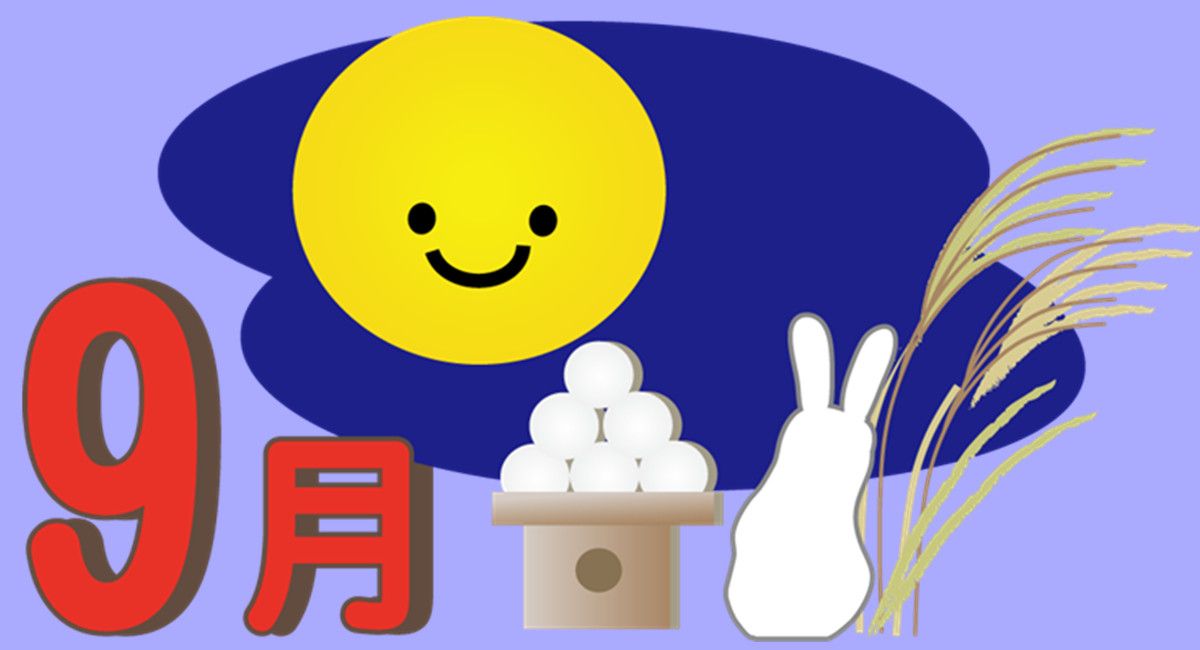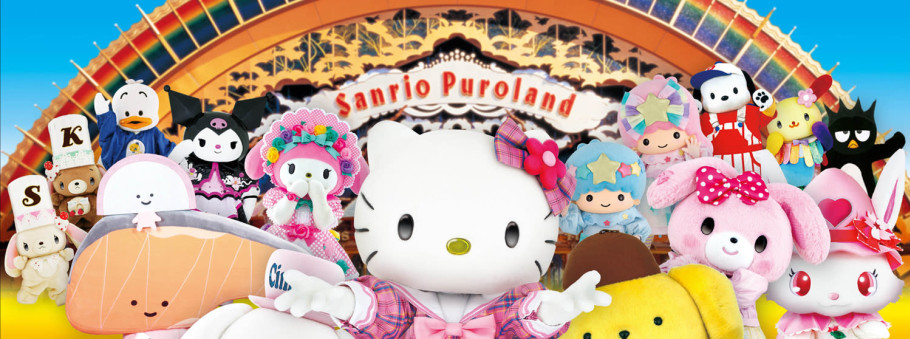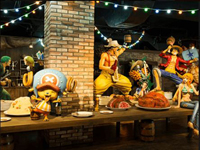Japan has four distinct seasons and there are many traditional events and holidays throughout the year that celebrate the seasons. Along with the seasonal changes, you also see changes in the food, and since long, Japanese have favoured eating dishes made using fresh seasonal ingredients. One of the ways to enjoy a trip to Japan is to be aware of the major events and festivals, customs and traditions including food available in each month. In this feature, we talk about some of the customs and traditions that have been followed over the centuries in the month of September.

September is also known as Nagatsuki (長月) in Japanese. Naga means long, and the arrival of autumn means the nights get longer and days get shorter towards winter.
There are two statutory holidays in September. One is the Respect for the Aged Day, the other is the Autumnal Equinox. Since these two holidays are quite close, many Japanese people take additional paid holidays and go on a short vacation. If you plan to visit Japan in September, avoid these days in order to escape crowds and expensive hotel bookings.
Respect for the Aged Day (Third Monday in September)
As the name suggests, it is a day to show respect and gratitude to one's elders. Stores release various gift boxes that include products suitable for the elderly during this period. Many Japanese send gifts, flowers and treats to receive the blessings of elders on this day.

Autumnal Equinox (Shubun-no-Hi, September 23)
Japan has four distinct seasons and immense importance is given to seasonal changes. The autumnal and vernal equinox are both national holidays. These are the two days in the year when the length of the day and night is the same. In Buddhism, the equinoxes are considered auspicious since the border between the worlds of the living and the dead is at its thinnest. The autumnal equinox is, therefore, a time to "pray for one's ancestors and honour the dead."

Mid-autumn Festival (Chushu, September 21)
Although Mid-Autumn Festival is not a holiday in Japan, Japanese people also have the habit of eating Tsukimi Dango, sweet rice dumplings, during the Mid-Autumn Festival. Many savor these while looking at the beautiful moon as the nights grow longer.

The traditional tsukimi dango are made of mochi and stuffed with red bean paste.

O-Higan
Like spring, the week of the autumnal equinox is also called O-Higan. Higan literally translates to “other side/shore” meaning the land of the dead. The first day of the equinoctial week is called Higan-iri (彼岸入り) and the last is Higan-ake (彼岸明け).

O-higan is a time for families to visit their ancestor’s graves and pray for the souls of the departed. The Japanese have the custom of sweeping graves in September.

Higanbana (spider lily) is known as the “death flower” in the East. It starts blooming in September and is often seen in temple precincts or cemeteries. Some even consider this flower unlucky. However, in Japanese, the flower is also referred to as “manjushage” which in Buddhism means “flower of the heavens,” implying that red flowers fall from the heavens signalling a celebratory event. Japanese is known to have connotations and meanings associated with flowers, the red spider lily implies: Never to meet again/Lost memory/Abandonment.

September is when the seasons change from summer to autumn in Japan and watching the Higanbana dancing along rice paddies is a popular activity. Want to see these gorgeous flowers? Check our feature: Top three spots to see red spider lilies in the Kanto region.

Seasonal Ingredients
These days you can buy the ingredients below at any time of the year, however, these ingredients are best when eaten in the right season. If you come to Japan in September, you must enjoy the following seasonal ingredients: Seafood: Pacific saury (sanma, 秋刀魚), salmon (shake, 鮭), mackerel (saba, 鯖) Fruits and vegetables: Chestnuts (kuri, 栗子), sweet potato (satsumaimo, サツマイモ), fig (ichijiku, 無花果) Wagashi (Japanese sweets): Tsukimi Dango (お月見団子), dumplings offered to the moon (on the 15th day of the 8th month and the 13th day of the 9th month)



Hope this feature has given you a good idea of what to expect in Japan during September. Keep an eye out for some of the things mentioned here and you’re sure to have a wonderful holiday in Japan.
Download the Ikidane Nippon App: iOS / Android Let us know if there is something that needs to be fixed: Feedback Form






